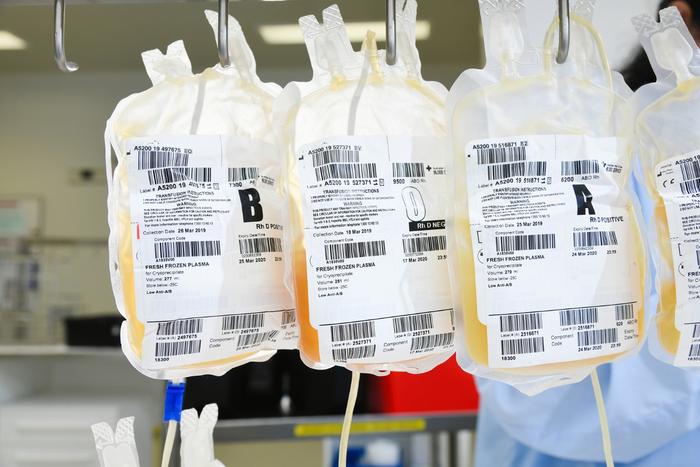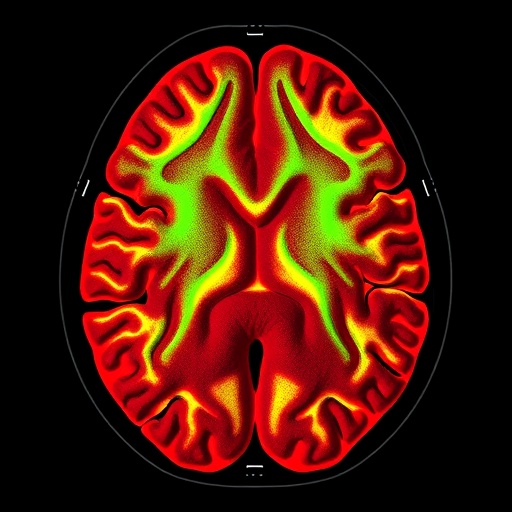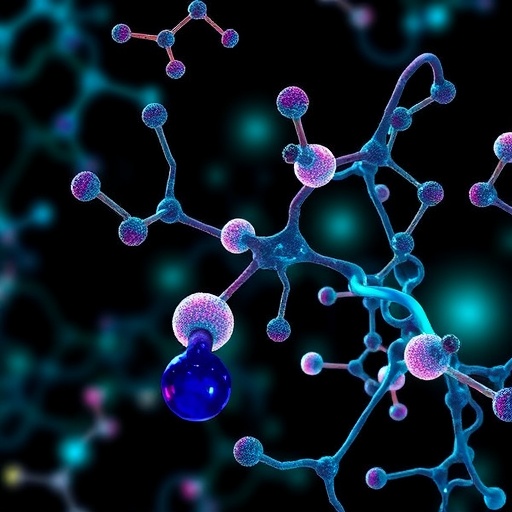
In an innovative development in the world of blood donation, researchers from Australia’s Red Cross Lifeblood have spotlighted an often-overlooked group in the medical community: individuals with hereditary iron overload conditions, specifically haemochromatosis. What may seem like a detriment—a condition characterized by excess iron accumulation in the body—has opened new avenues for saving lives through blood and plasma donation. This pioneering initiative highlights a significant oversight in the global medical framework, challenging blood service organizations to rethink who can contribute to blood supplies and how those individuals are perceived within the healthcare ecosystem.
Traditionally, those diagnosed with haemochromatosis faced misconceptions regarding their ability to donate blood, often categorized solely as patients requiring treatment. However, findings from the recent survey conducted by Lifeblood reveal that over 80 percent of blood from these donors can indeed be utilized effectively in medical treatments. Alarmingly, around 40 percent of surveyed individuals were unaware that their blood could serve a life-saving purpose. This disconnect has inadvertently constrained the potential blood supply, particularly at a time when demand is exceptionally high.
The implications of these insights are staggering. The standard treatment for individuals with haemochromatosis typically necessitates regular therapeutic phlebotomy, often performed every three months. Historically, much of this blood was treated as medical waste, discarded without any consideration for its potential utility. The researchers emphasized that if blood services globally could foster a culture of awareness about the viability of blood from haemochromatosis patients and treat them as donors rather than patients, it could significantly improve blood donation rates. For the medical community, this represents a transformative opportunity to reconsider donation policies and patient care paradigms.
Moreover, the research encompassed an interview with over 4,000 individuals diagnosed with haemochromatosis in Australia. Results indicated a noteworthy willingness among these individuals to contribute to blood donation, given the proper understanding and encouragement. The findings suggest that changing the narrative surrounding patients with this iron overload disorder can lead to enhanced participation rates in blood donation initiatives. When patients perceive themselves as donors with the opportunity to save lives, it could catalyze a more profound commitment to donating blood.
Interestingly, Australia has taken the lead on this front by becoming the first country globally to welcome both blood and plasma donations from individuals with haemochromatosis. This move signals a significant shift in policy, counteracting the trend present in many nations that restrict donations due to patients’ medical conditions. The Lifeblood initiative not only aims to mitigate blood shortages but also enhances the therapeutic experience for individuals living with this common genetic disorder.
Significantly, the study indicates that individuals who identify as donors rather than patients are more inclined to expand their contributions to include plasma donations. Plasma, being a critical component of blood, has numerous medical applications, including its use in treating burns, clotting disorders, and even in creating life-saving therapies for critically ill patients. With plasma demand at an all-time high, the potential to harness this group’s contributions is vital for addressing global shortages.
Furthermore, the innovative inclusion of individuals with haemochromatosis as eligible plasma donors marks a crucial development in blood donation policies. This change represents not only a medical advancement but also an empowering message for individuals with chronic conditions, encouraging them to play an active role in their community’s health. It is a call to action, urging other countries to evaluate their policies and consider similar pathways to maximize the blood supply.
As the global medical community grapples with escalating blood and plasma shortages, the findings from this Australian study serve as a poignant reminder of the untapped potential within various patient demographics. There exists a cohort of patients who, if appropriately educated and addressed, can be transformed into vital contributors rather than passive recipients of care. The researchers advocate for an educational outreach program targeting people with haemochromatosis and their healthcare professionals, raising awareness of the tangible benefits their donations can reap.
The implications of this research are twofold. On one hand, it represents a clarion call for blood banks and healthcare providers to reassess their roles and responsibilities in fostering inclusive environments for potential donors. On the other hand, it illuminates the need for increased public awareness regarding the capabilities and contributions of those living with genetic conditions. When the dual focus of patient care and community health can coalesce, we open the doors to innovative solutions to pressing medical challenges.
In summary, the evolution of blood donation practices in Australia, as informed by this research, has the potential to serve as a blueprint for other nations. This study presents not only a significant advancement for the haemochromatosis community but also a broader shift in how we might perceive patients in the healthcare system. By transitioning from a patient-centric model to one that embraces the donor identity, everybody stands to benefit, especially those in dire need of blood and plasma.
From a larger perspective, these findings herald a promising future not just for blood donation but for how we conceptualize the relationship between patients and healthcare systems worldwide. The journey from being merely a patient to being a vital contributor to public health might inspire similar movements within various medical arenas globally, ensuring that no opportunity for saving lives is overlooked.
Given the ongoing medical advances and shifting policies regarding blood donation, it stands to reason that ongoing research and discussion will further illuminate pathways to optimizing blood resources. The Lifeblood initiative will continue to serve as a catalyst, pushing the boundaries of how we understand the contributions of those living with chronic conditions. As we progress, greater recognition and inclusion of diverse groups in blood donation frameworks will prove essential in addressing global health challenges effectively.
Subject of Research: People
Article Title: Exploring the experiences of hemochromatosis (HHC) patients who undergo therapeutic venesection at a blood collection agency
News Publication Date: 12-Feb-2025
Web References: Transfusion DOI
References: None
Image Credits: Lifeblood
Keywords: Blood donation, Blood plasma, Iron, Genetic disorders, Diseases and disorders
Tags: benefits of blood donationblood donation awarenessblood supply challengeshaemochromatosis blood donationhereditary iron overload conditionslifesaving blood donation initiativesmedical community outreachmisconceptions about blood donorsplasma donation potentialRed Cross Lifeblood innovationsrethinking blood donation policiestherapeutic phlebotomy benefits





